In today’s digital age, agriculture and livestock management are undergoing a significant transformation. With the power of data analysis, farmers and agribusinesses can now make smarter, faster, and more sustainable decisions. Whether it’s improving crop yields, managing herd health, or optimizing resource use, agriculture and livestock data analysis is the key to a more productive and profitable future.
What Is Agriculture & Livestock Data Analysis?
Agriculture data analysis involves collecting and interpreting data from various farming activities—like soil conditions, weather patterns, crop performance, and irrigation efficiency. Livestock data analysis focuses on monitoring herd health, breeding cycles, feed consumption, weight gain, and even behavior patterns.
By leveraging this data, farmers can identify trends, predict outcomes, and take proactive steps to improve overall efficiency.
Why Is Data Analysis Important in Agriculture & Livestock?
Here are some of the top benefits of integrating data analytics into farming and livestock operations:
-
Improved Decision-Making: Farmers can make data-driven decisions on when to plant, irrigate, fertilize, or harvest crops.
-
Healthier Livestock: Real-time monitoring of animal health reduces disease outbreaks and improves breeding management.
-
Resource Optimization: Precision agriculture minimizes waste of water, fertilizer, and energy.
-
Cost Efficiency: Data helps identify inefficiencies and areas to cut costs without sacrificing productivity.
-
Higher Yields: Analytics uncover ways to boost output while maintaining sustainability.
Data Sources for Agriculture & Livestock
-
IoT Devices and Sensors: Soil moisture sensors, weather stations, and GPS-equipped equipment.
-
Drones and Satellite Imagery: Aerial data provides insights into crop health and land conditions.
-
Livestock Wearables: Track animal movement, body temperature, and feeding behavior.
-
Farm Management Software: Centralized platforms that aggregate and analyze multiple data streams.
Real-World Applications
- Precision Farming
By analyzing soil and weather data, farmers can apply fertilizers and pesticides only where needed, reducing environmental impact and improving crop health. - Livestock Health Monitoring
With smart collars and RFID tags, farmers can detect illness early, track breeding cycles, and monitor feed intake, resulting in healthier, more productive animals. - Yield Prediction Models
Data-driven models predict harvest volumes and quality, allowing farmers to plan better for storage, distribution, and market prices.
Tools & Technologies in Use
-
Machine Learning & AI: Used to detect patterns and make predictions in crop and livestock data.
-
GIS Mapping: Helps visualize spatial data for land use planning and crop zoning.
-
Big Data Platforms: Store and process massive amounts of data from various sources.
-
Mobile Apps: Enable real-time updates and control over farm operations.
